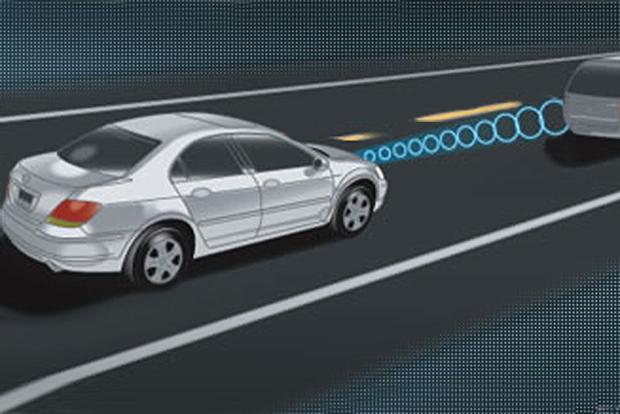Car accident fatalities have dropped a severe degree during the 20th century, but the fact that cars are such an ingrained part of our lifestyles, means that there is are still many accidents, some due to driver error and others for reasons out of their control. Overall, more than 32,000 people are killed and 2 million are injured each year from motor vehicle crashes per year. A car accident injury can not only incur physical harm, but also impede your earning potential hobbies, and even relationships with friends and family, depending on the severity. Much of what is behind the lower instances of fatalities compared to accidents is due to car companies, who are constantly iterating on ways to keep you and your families safe. Here is some of their latest work.
What’s Fresh Off The Line
New cars are coming with new pieces of technology by the day to help with a safer driving experience. What’s notable about these is just like how car accidents can stem from several different circumstances, several of these innovations take different approaches both to limiting activity that can lead to accidents as well as keeping people as safe as possible when accidents do happen.
Night driving is a common time for dangerous accidents, especially in more isolated areas, as the lack of lighting makes it more difficult to see the road ahead, and the chances of animals appearing in the road are higher. The new Mercedes-Benz Night View Assist PLUS is designed to help during this time by using a forward-facing infrared camera. This gives you the ability to detect animals and pedestrians too close to the road and highlight them on a night-view image display in the car.
Another thing to keep in mind while night driving, but that can happen any time of day, is human fatigue. Even if a driver is not intoxicated, being tired delays your decision making and can lead to accidents. Audi’s lane departure warning system is designed to help in this area. While it won’t intervene in your actual driving, this will provide visual and auditory alerts if the car begins to drift from its intended lane. This warning can give you a chance to pull over, ask for help, or refocus yourself if you destination is only a short distance away.
Seatbelts are among the 20th century’s greatest car safety innovations, but there’s still room to improve on an original. Smart seat belts help do their job even better by acting when a crash is anticipated. These features include tensing up, adjusting to a safer position, and even inflating in some cases to distribute the crash force.
It’s also important to note that injuries aren’t just limited to people in the cars themselves, and Volvo is taking a unique stance on this issue by adding external airbags to some of its Land Rover models. These are designed especially for pedestrians, who have no sort of protection to speak of but can be at risk depending on what area or region they live in. If an impact is detected, an airbag is deployed from right in front of the windshield and is used to soften the pedestrian’s impact. This City Safety concept generally monitors the area ahead of the vehicle when going 2-19 miles per hour, so you will only be using these when appropriate.
Self-Driving Cars: The Ultimate Innovation For Safety?
However, even with all of these things, the vast majority of accidents out there are due to human error, with one lapse of attention or bad decision potentially causing harm, to say nothing of those who drive while intoxicated, on drugs, on low amounts of sleep, or otherwise impaired or distracted. Many of the innovations mentioned before can mitigate the consequences of human error, but what about removing it? This is why safety gurus are watching the self-driving car movement with great interest. One report says that autonomous vehicles could reduce traffic accidents by 90%, while saving $190 billion.
The report also predicted a massive shift in buying self-driving cars, with the adoption beginning roughly 15 years from now. By 2040, we may even see as many as 75% of cars become self-driving. While this may be a bit of an overestimation, the tide is already starting to shift, so chances are that we will be able to see autonomous cars in our lifetimes. How they manage to improve the safety while we drive is yet to be seen.

